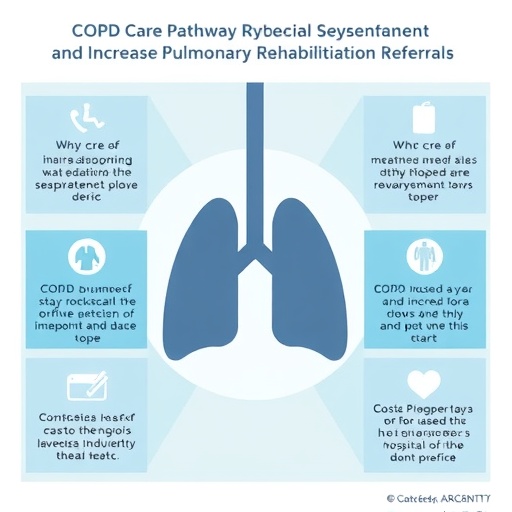ANN ARBOR–Multiple barriers may stop high-risk individuals from accessing an HIV drug that can reduce the subsequent risk of infection, according to a new University of Michigan study.
Researchers outlined solutions that would help overcome barriers that make it harder for underserved populations to access pre-exposure prophylaxis (PrEP). The Centers for Disease Control and Prevention reported that nearly 40,000 people–about 43 percent of whom were black or Latino gay and bisexual men–received an HIV diagnosis in 2016.
The U-M study, published in the journal AIDS and Behavior, includes 47 peer-reviewed scholarly articles reporting data from HIV prevention and care providers, and from individuals at risk for infection. The researchers listed 31 potential solutions to 30 barriers to accessing PrEP at the patient, provider and health-system levels.
One striking barrier to accessing PrEP is created by providers' biases toward those who most need the drug, says lead author Rogério Pinto, associate professor and associate dean for research at the U-M School of Social Work. For example, providers appear to believe that certain patients, such as transgender women and people of color, when given PrEP may be unable to consistently adhere to prescribed regimens or will stop using condoms to prevent HIV transmission.
Pinto and colleagues say that perhaps even more concerning than provider-level biased attitudes is a structural barrier referred to as the "purview paradox." On the one hand, infectious disease specialists are often trained to provide PrEP, but that they seldom actually see HIV-negative patients. On the other hand, primary care physicians, who care for mostly uninfected but sometimes at-risk patients, are seldom trained to provide PrEP.
Other pervasive structural obstacles–such as homophobia, transphobia and racism across systems of care–may be helped by interventions to disrupt stereotypes about potential PrEP users.
"However, patient assistance in navigating the health care system–including accessing health insurance and co-pay assistance–is a sorely needed intervention," Pinto said.
Some of the barriers and recommended interventions include:
To combat bias against a patient's race or sexual behaviors: Develop and deliver training to increase the provider's "cultural competency," including trans- and gender-affirming care.
In response to limited health budgets to sustain PrEP programs: Advocate among those in the medical field for expanded health insurance.
In response to legal constraints to providing PrEP for youth: Expand education, screening and referrals to PrEP services, and find improved methods to identify appropriate PrEP candidates.
The researchers note, however, that some interventions have had mixed results, in part due to not being aligned to specific barriers. Many barriers, such as interventions to lessen providers' biases and breakdowns in the health system, often target the behavior of individual patients instead of targeting providers and health systems, they say.
"The key message from this review is that barriers to PrEP implementation cut across patient, provider and health-system levels, and that multiple interventions, mapped onto specific barriers, ought to be used," Pinto said.
In addition, he says that without attention to the ways structural factors affect individuals within health care systems, PrEP implementation "may actually reinforce existing inequities that place the overwhelming burden of the HIV epidemic on more vulnerable groups."
###
Pinto's co-authors include Kathryn Berringer, doctoral student at the U-M School of Social Work; Rita Melendez, associate professor at San Francisco State University; and Okeoma Mmeje, assistant professor of obstetrics and gynecology at U-M.
Study: https://link.springer.com/article/10.1007/s10461-018-2184-4?
Rogério Pinto: http://myumi.ch/LR2PD
Media Contact
Jared Wadley
[email protected]
734-936-7819
@umich
http://www.umich.edu/




